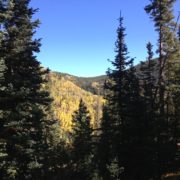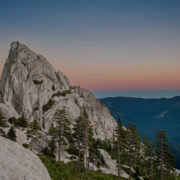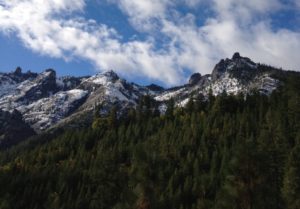Lundy Canyon Campaign Success!
May 16, 2019 — We are thrilled to announce we have met our fundraising goal to protect Lundy Canyon in the Eastern Sierra! This 49-acre former mining claim within the Inyo National Forest is adjacent a popular hiking trail into the upper entrance of Lundy Canyon. It has been identified as a high priority for protection from private development in order to conserve Mill Creek, safeguard wildlife habitat and ensure recreational access for the public.

Lundy Canyon in the Eastern Sierra, Hoover Wilderness, California
After launching a GoFundMe campaign, we received numerous generous donations through the campaign and directly to the Trust, raising the $10,000 necessary to complete the purchase and transfer the property to public ownership within the Inyo National Forest.
We are grateful to our supporters, the Sam Dietrich family and Mono Market, and to our partners at the Mono Lake Committee and Eastern Sierra Land Trust for helping to make this happen. Please join our email list for updates on our work protecting wilderness for you and future generations.














